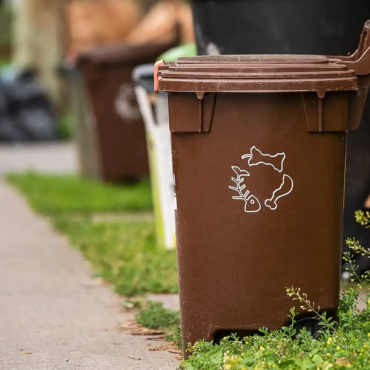Blog & News
Highlights
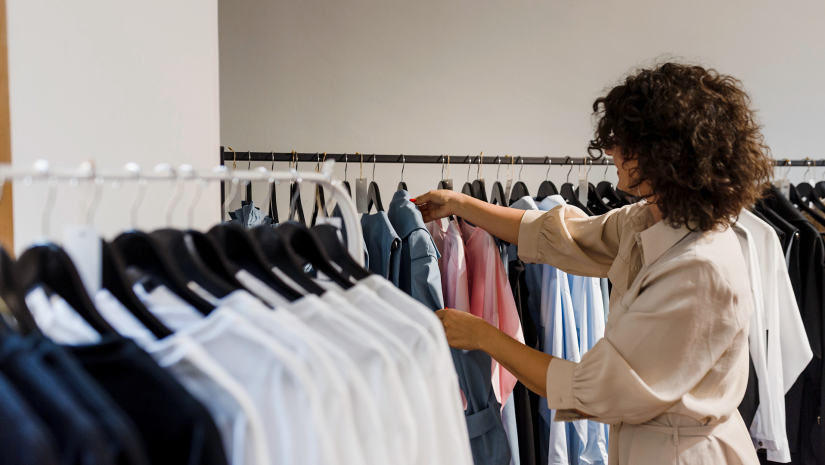
I care about the environment and, like many of us, I adjust my habits wherever I can. Unfortunately, I tend to slip a little when it comes to my wardrobe! Sometimes I see an item of clothing and buy it without thinking of the ramifications, especially if it’s being advertised as eco-friendly.
A study in 2020 indicated that the ethical fashion market had reached a global value of over $6 billion in 2019, expected to grow to over $8 billion in 2023! Big brands have hopped on this profitable bandwagon, using terms like ‘eco-friendly’ and ‘sustainable’ in their marketing. So, of course, well-meaning consumers like me are over the moon! It’s never been easier to be eco-friendly… right?! Well, as I discovered, not so much. Greenwashing, as you may know, is a (very) questionable technique which consists of misleadingly marketing items as sustainable, when they actually aren’t. It takes place all over the world, in every industry, and especially in fashion!
That might make the task of shopping for eco-friendly items more complicated, but it doesn’t mean it’s impossible! With a little mindfulness and by keeping the 4 tips highlighted in this article in mind, you can fill your wardrobe with your mind at ease! As it can prove tricky to navigate between contradictory information, I’ll tell you what I’ve learnt so far so you don’t fall in the same loopholes I did! (As a disclaimer: while it is one of the best ways to keep a sustainable wardrobe, I’m not going to be talking about second-hand fashion in this article.)
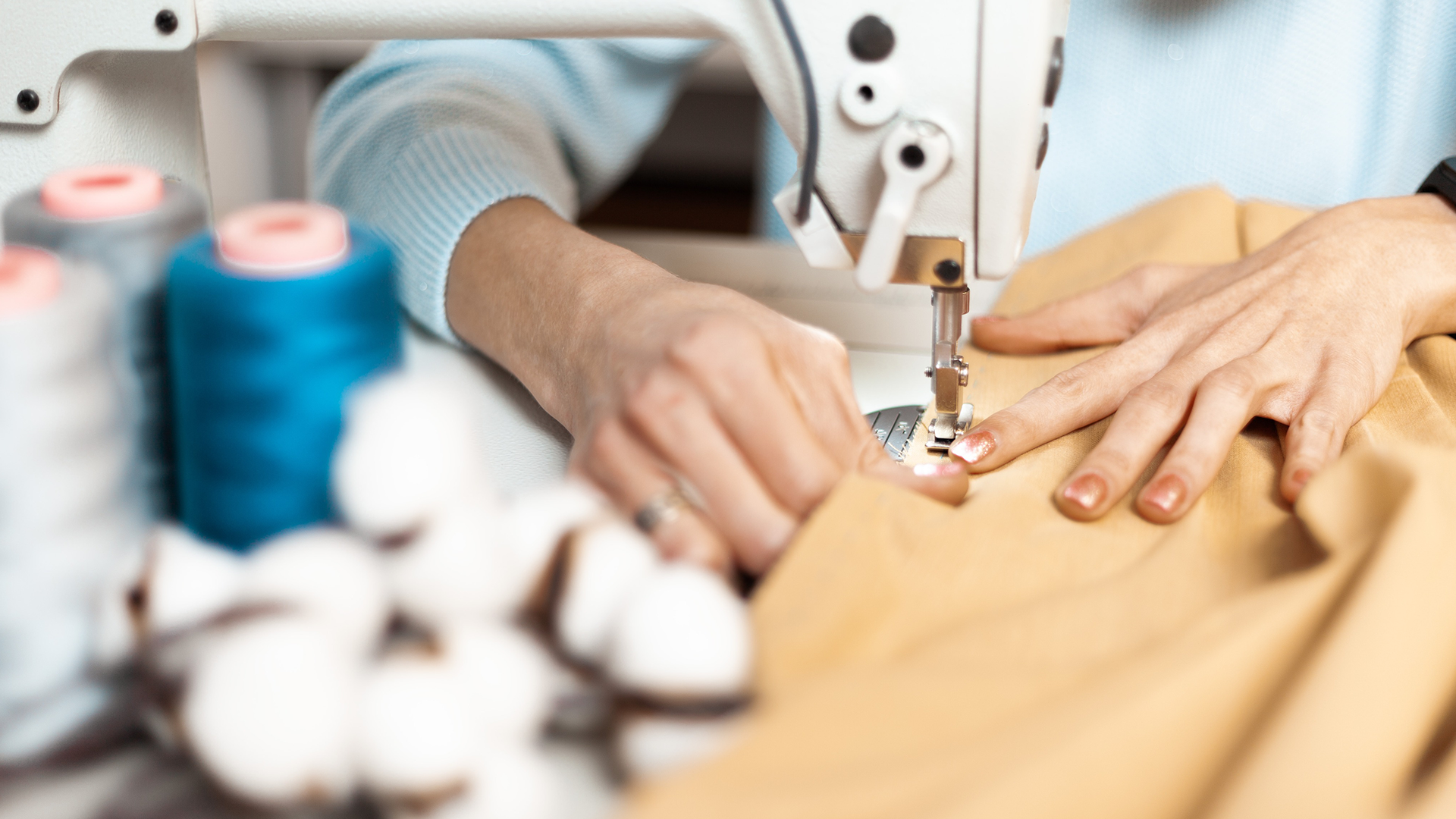
Check the Materials
This is probably one of the easiest things to do while shopping for clothes – read the tag. What materials make up the article you’re considering?
It’s not just about the end-of-life of the material and whether it can be composted or recycled, it’s also about the environmental impact of sourcing the raw material and the chemicals needed to process it. That’s why bamboo fabric, while widely believed to be sustainable, is not. The cultivation process is extremely harmful and the chemical process to turn the fibers into fabric requires heavy use of chemicals.
It can be tricky to recommend a specific material, since all of them have their pros and cons (take cotton for example…), but knowing about the different materials and how they rank in terms of sustainability is a good place to start!
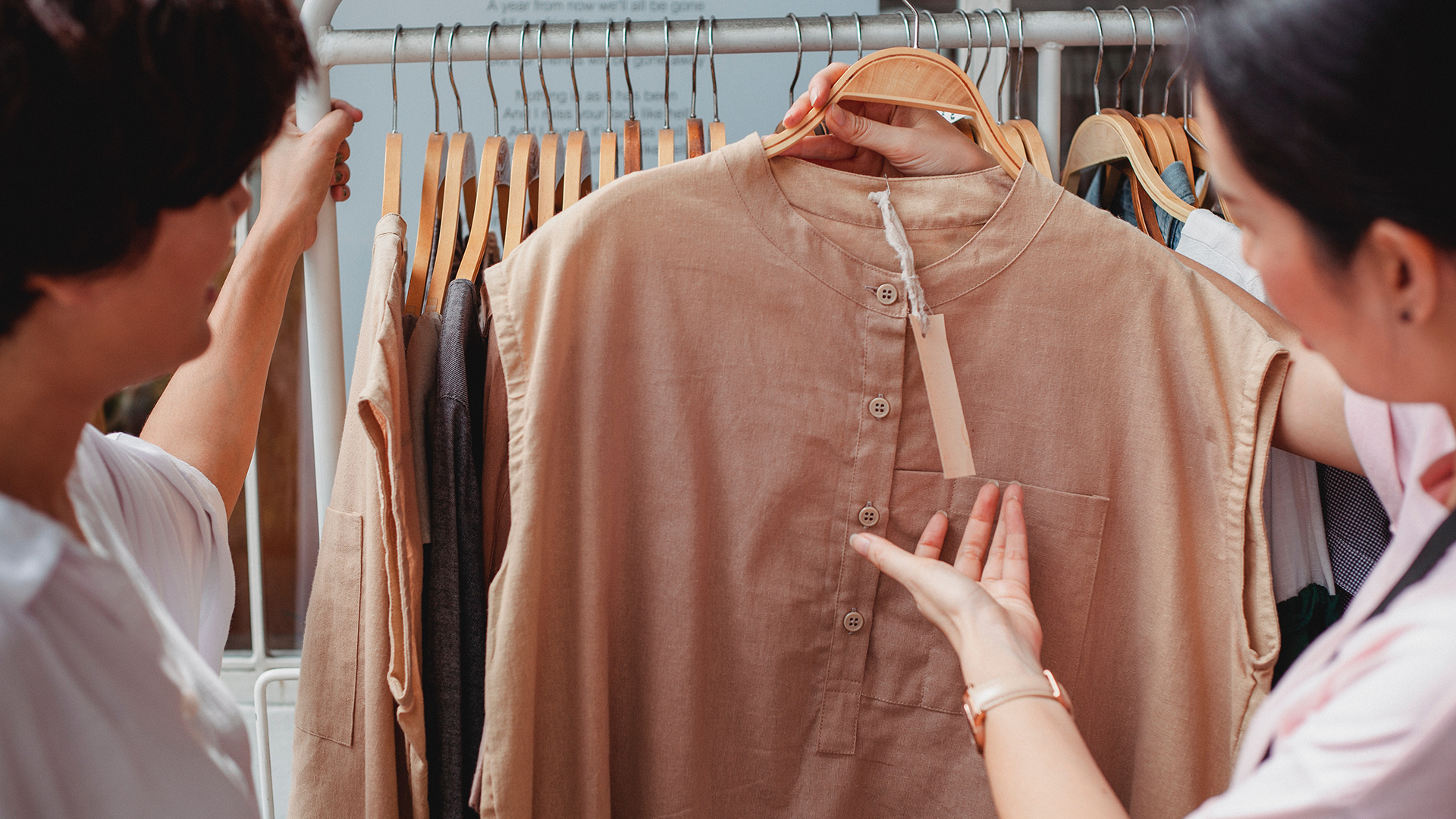
Research the Brand Itself
As you may know, it’s not just the materials that make an item sustainable. You also want to know that the brand producing the item is making efforts to implement sustainable practices. Do some research and look out for scandals! While you’re at it, check the brand’s social practices and see if they actively ensure fair labour and wages. You can choose to promote local responsible brands (Made in Canada, baby!) or upcycling brands, which create great items with used materials.
To make it a little easier, websites like Good On You provide a rating system for sustainable fashion brands so you can more easily make your decisions. These organizations look into brand practices and give a score based on different criteria.
The NGO StandEarth has also gifted us with a ranking of fashion brands that are actively contributing to the destruction of the Amazon Rainforest. Take a look!
Get to Know Slow Fashion
Known as a sister movement to sustainable fashion due to the many values they share, slow fashion is, you guessed it, the exact opposite of fast fashion. Fast fashion focuses on constantly changing style trends, producing and delivering clothing quickly, and getting customers to buy as much and as fast as possible. Slow fashion focuses on timeless, quality designs that are produced ethically and sustainably and aims to reduce impact on the planet at the levels of production and consumption.
This sounds great, so why is it not as popular as fast fashion? It’s because we’re used to a constant rotation of collections with a wide variety of styles that are always changing. With slow fashion, new styles are released AT MOST 2-3 times per year, with once per year being more standard practice. Sometimes there will only be made-to-order options available.
This is where learning to take things slow comes into play. We are used to instant gratification and needing to keep up on the latest trends. Slow fashion asks that we think differently. It gives us time to research our apparel properly and refine our style (if that’s something you’re interested in!) By not spending as often, we open ourselves up to a bigger budget and we can invest more in each piece. It gives us the opportunity to discover smaller brands with better practices, although they often have higher than average prices (good thing you’ve saved money by buying less!) To get into slow fashion, you have to unlearn everything the industry has been teaching you: newness, seasonal trends and colours, the “clothing for a special occasion” mindset, etc…
A recent study shows that women who reduced their wardrobe to 35 pieces of clothing and accessories found themselves less stressed and with an appreciation for their own style. This “capsule wardrobe phenomenon” takes away the constant wonder of what to wear next and leaves space for awareness on consumption habits.
Not sure if this is for you? Give it a try by tucking away all of your clothes and accessories except for 35 pieces for one month and see how you feel! Was it hard to cut down? Did you think about your other clothes at all during this time?
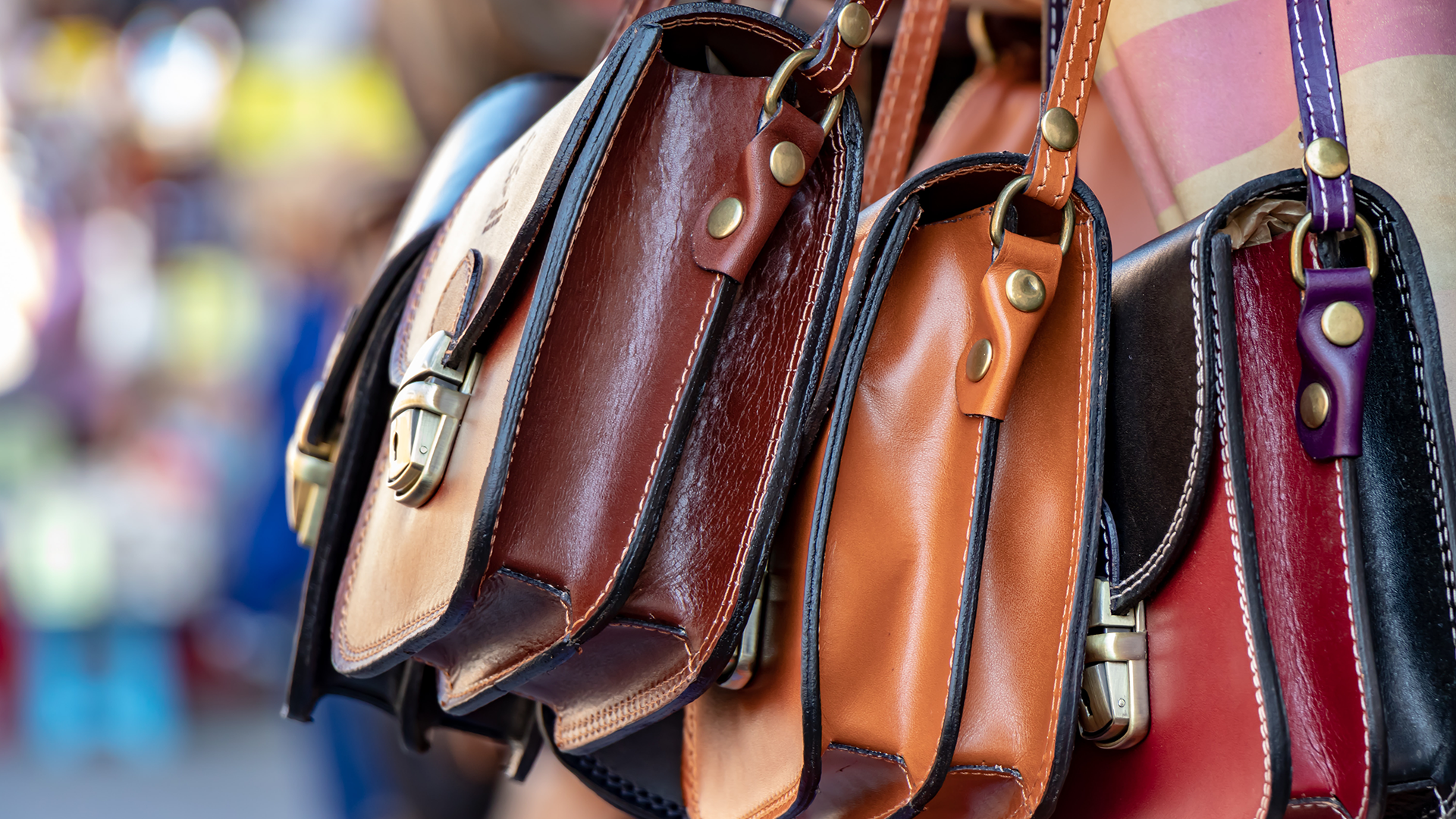
Don’t Forget Accessories!
That’s right – we can’t forget that eco-friendly and ethical practices apply to jewelry and other accessories too! While they may not be clothing items, per se, it would be a shame to throw off a well-researched outfit with a mass-manufactured pair of shoes. Remember to research the brand’s practices and the materials used. There are plenty of guides out there to give you a hand!
Moving towards sustainability is definitely a shift from what our “normal” has been. In order to take care of the planet, there are many aspects of our lives that we need to evaluate, and our wardrobe is one of them! Luckily for us, there are many resources available at our fingertips, whether we want to research material, look into a brand’s practices, or simply look for a guide with a well-established rating system. The hardest part is simply learning to take it slow.
[Want some more tips? My Earth Day Canada colleague, Kim, wrote the most amazing article that explains exactly how the fashion industry is one of the biggest sources of pollution. She provides additional tips, including information on vintage shopping and clothing swaps!]

Communication Officer
Elysya Scerbo-Pasta
Elysya is a storyteller with a background in digital communications and marketing. She loves spending time with family and friends, long walks or hikes, grabbing coffee at local cafes, or just chilling outdoors with a good book or podcast. An animal lover with a deep appreciation for the beauty of nature, she is thrilled to help raise awareness and tell the story of our planet.
View all posts...Related posts :
Contact us
Earth Day Canada
5818, boulevard Saint-Laurent
Montréal (Québec) H2T 1T3 Canada
Phone : (514) 728-0116
Toll free : 1 800 424-8758
Fax : (514) 303-0248
Email: hello@earthday.ca
2025 © Earth Day Canada. All rights reserved.
Privacy policy · Terms of use · Trademark


